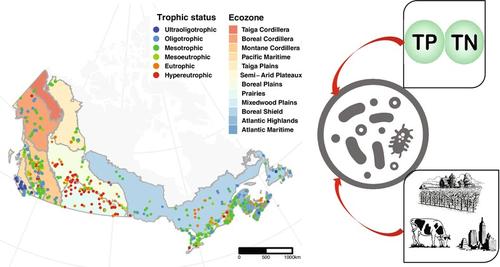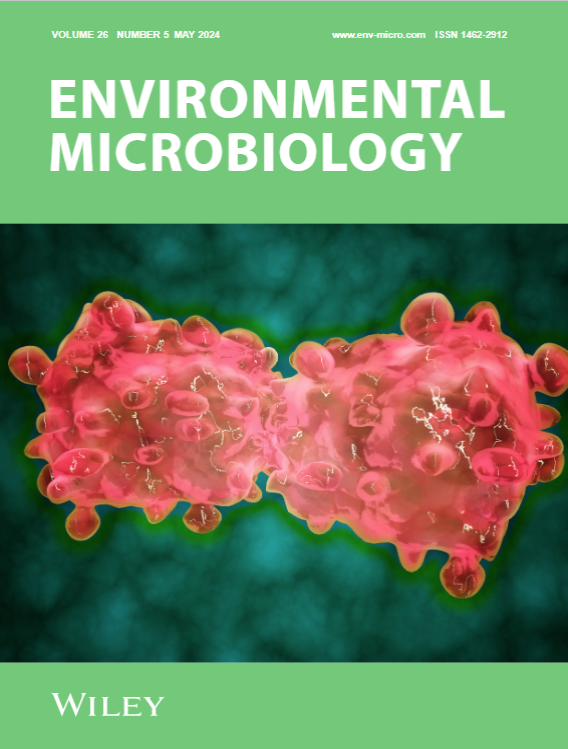

Human activities such as agriculture and urban development are linked to water quality degradation. Canada represents a large and heterogeneous landscape of freshwater lakes, where variations in climate, geography and geology interact with land cover alteration to influence water quality differently across regions. In this study, we investigated the influence of water quality and land use on bacterial communities across 12 ecozones. At the pan-Canadian scale, total phosphorus (TP) was the most significant water quality variable influencing community structure, and the most pronounced shift was observed at 110 μg/L of TP, corresponding to the transition from eutrophic to hypereutrophic conditions. At the regional scale, water quality significantly explained bacterial community structure in all ecozones. In terms of land use effect, at the pan-Canadian scale, agriculture and, to a lesser extent, urbanisation were significant land use variables influencing community structure. Regionally, in ecozones characterised by extensive agriculture, this land cover variable was consistently significant in explaining community structure. Likewise, in extensively urbanised ecozones, urbanisation was consistently significant in explaining community structure. Overall, these results demonstrate that bacterial richness and community structure are influenced by water quality and shaped by agriculture and urban development in different ways.


